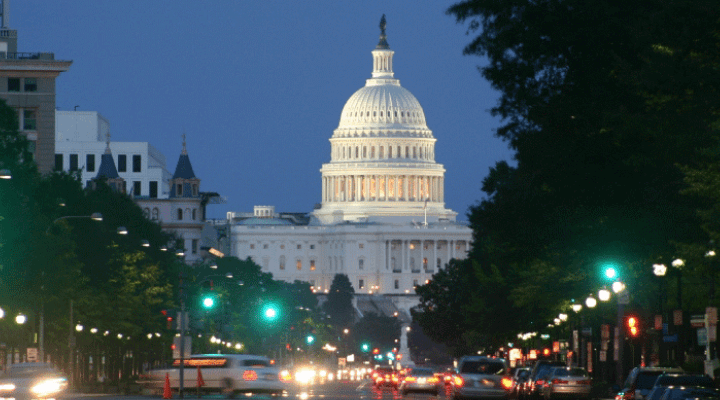The White House released the details of its Federal Budget, and organizations across the federal government have already begun sharpening their blades for the impending budget fight. The budget cuts only apply to the 27 percent of the federal budget that’s discretionary spending, but it includes the kind of programs that have a wide constituency, from public television to energy grants.
Why the cuts? Many apply to campaign promises to ‘cut the fat’ from the federal budget (keep in mind none of the cuts are related to the government’s ‘mandatory’ budget, which is 73 percent of federal spending). The cuts are also necessary to pay for the Trump Administration’s new financial priorities – including a $54 billion increase to the defense budget.
The biggest losers in Trump’s discretionary federal budget cuts? The Environmental Protection Agency and the State Department. The biggest winners? The Department of Veterans Affairs, the Department of Homeland Security, and the Department of Defense, where discretionary budgets will increase between six and nine percent.
Battle in Washington
The primary result of today’s budget announcement will be the ability of cable news anchors to fill their programming with representatives from the agencies and constituencies affected by the cuts – by the time Congress is done with the budget, what we see today may be a far cry from the reality of tomorrow. In the meantime, the various constituencies will do battle with, and against, one another. One of those battles will be the ongoing discussion about the role of federal contractors in the government workforce. The President of the American Federation of Government Employees came out with a statement regarding the budget cuts.
“The federal government has two workforces: Civilian federal employees and contractors. Each year, the government spends more than twice as much on service contractors as it does on its own workforce,” said National President J. David Cox. “It doesn’t take a Wharton MBA to figure out that getting a handle on what contractors are doing and what they are charging should be the first priority in any governmentwide review of operational efficiency.”
Getting a handle on what the entire federal workforce (civil service and contractors) will likely be the key focus of the next few months, as Congress courts the various agencies on the budget chopping block. Any spending changes won’t go into affect until 2018, as well, so even if the President’s budget were passed as-is (which won’t happen), agencies have a year to get their ducks in a row.




